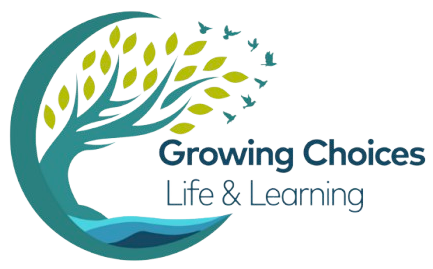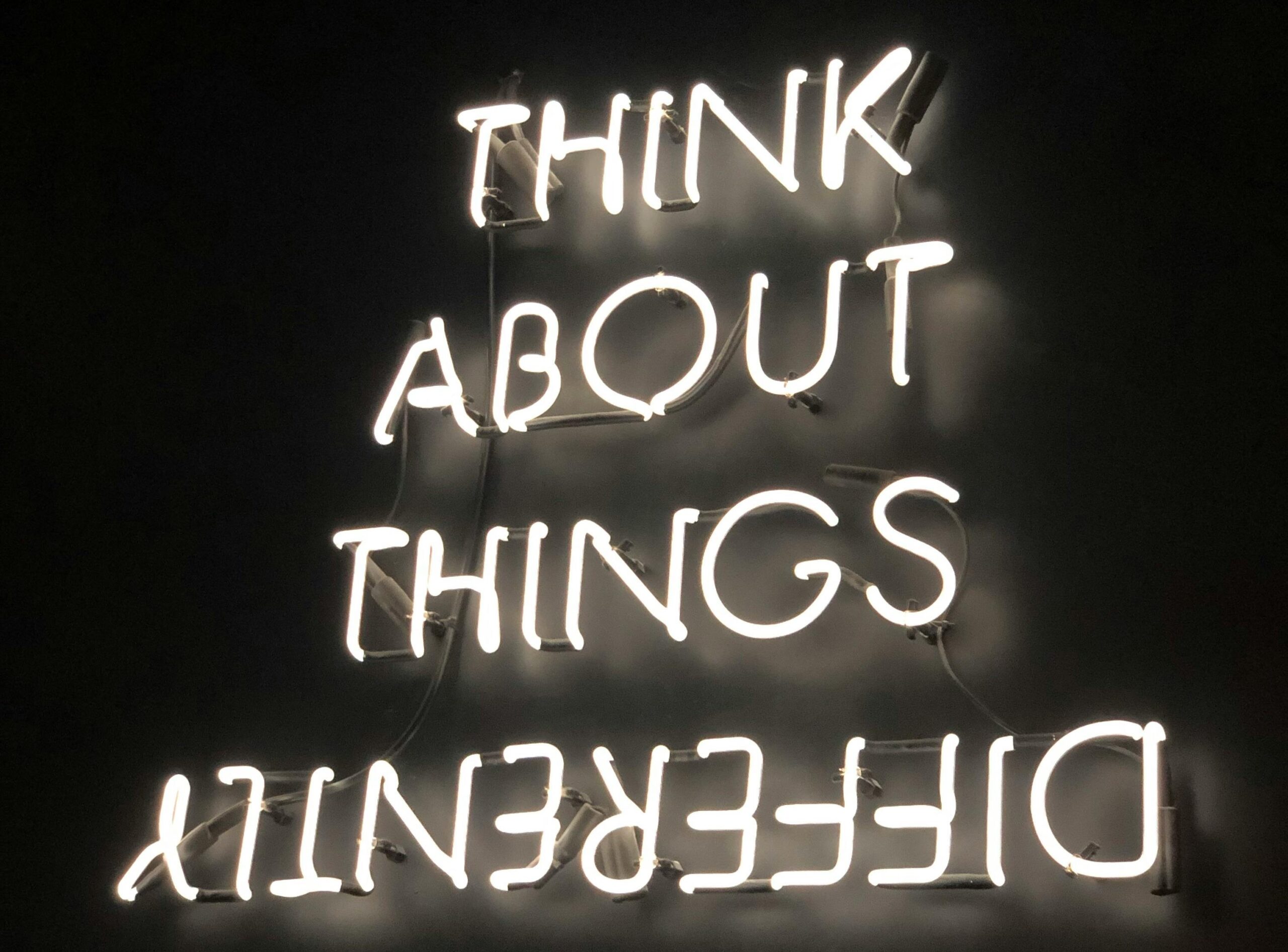
What is dyslexia?
“…it is a compound of simple factors which can be dealt with step-by-step”
Ronald D. Davis
Dyslexia is an alternative way of thinking.
Dyslexics think predominantly with pictures as opposed to the sounds of words.
What is Dyslexia? It turns out that Dyslexics are intelligent people who experience great difficulty with some or all of the following; reading, writing, handwriting, spelling and mathematical symbols.
However, dyslexia is not limited to literacy issues. It can affect a range of areas, including motor skills, organisation, focus, time and processing difficulties. Because the root cause of dyslexia is not understood, individuals are often treated as though they are being deliberately ‘difficult’ and uncooperative or lazy. Yet, when working in a strength-based way, the gift in dyslexia can be seen and experienced. The dyslexic skill set is finally being recognised and sought after! Dyslexia, along with its picture thinking skill-set, is finally being seen as the strength it has always been.

Dyslexia is an alternative way of thinking
Dyslexics think faster: picture thinking is around 32 frames per second (1,920 images each minute!!) whereas word thinking is the same speed as talking… around 250 words a minute. We are often a bit of each, yet purely picture-thinkers are super quick and tend to suffer most at school.
Dyslexics think predominantly with pictures as opposed to the sounds of words: Two-dimensional symbols such as letters of the alphabet, numerals, musical notes and the high frequency words such as ; the, and, is, it, etc. cause difficulty. The word, ‘the’ has no picture! These symbols and non-picture words cause the picture thinker to feel confused.
Try this: imagine an elephant, a house, a stack of books, a pencil, your cat. Can you see a picture in your mind of an elephant, house, stack of books etc? Yes. Easy.
Now, imagine ‘the’. What did you see? A picture or a word – or nothing?
When there isn’t a picture for a word, this is the moment the confusion starts for a picture thinker. They will become more confused and stressed when their picture thinking process does not work. They will concentrate harder and become more tense until the brain will no longer receive accurate messages.
The resulting sense of frustration and negative emotional reactions leads to low self esteem and coming up with coping and covering-up solutions i.e class clown, day-dreaming, dependence on others etc. There can be a tremendous amount of shame, embarrassment and humiliation attached to not being able to read and write fluently. It is a dyslexic’s worst nightmare to be caught out and exposed in the workforce, school or within the family circle. They will often pretend or hide or mask what is really going on for them to save face.
Disorientation model: To give you an example of what it feels like to be dyslexic – imagine sitting in your car, stopped at the lights. The car next to you moves forward; you put your foot on the brake because you think you are moving. At that moment your brain is not receiving an accurate message about what is happening around you. You are experiencing the feeling of dyslexia or ‘disorientation’. Confusion causes dyslexia – dyslexia does not cause confusion. When reading, this confusion often has a stress build-up causing symptoms such as blurry vision or spinning letters. This inaccurate and distorted sensory perception appears at different times and in different ways for different people. Some days are better than others, hence the inconsistency of dyslexic symptoms. Once oriented, the blurry vision becomes clear. Clients are given orientation counselling here. They learn to recognise disorientation as it happens and to use their focus tools to orient to the ‘true facts and conditions’ around them. One of the most common pieces of feedback as we go is that things have become clear.
Personal experience Going through the Davis training was an eye-opener for me because I discovered how much of a picture thinker I was. Doing a Davis programme myself made me realise that my dyslexia was a strength. Yes, it could cause confusion in the academic or work world but a strength in so many other areas. Now I absolutely love my picture-thinking and visual-spatial world.
Ron Davis says “Dyslexia is not a complexity; it is a compound of simple factors which can be dealt with step-by-step. After my own programme, which I did step-by-step, I did some tertiary study using my new Davis focusing tools with each assignment. What a difference!
If any of this sounds familiar, do contact me. I am always happy to talk about dyslexia. I’ve been through it myself and now delight in helping others as a Davis Dyslexia Facilitator.
The Davis Programmes helped me understand my own dyslexia and how easy it is to operate in both the 2D world of words and my 3D creative world once you have the tools to do so. I can now switch seamlessly between the two when I need to. Davis focus and self-regulation tools are so quick and feel natural to use. Life is finally more relaxed and happily manageable. I see what my clients are going through and love to help them through, too.
Sound Familiar?
Dyslexia is an alternative way of thinking, primarily using pictures or images, that enables individuals to view the world from many different perspectives and in creative ways
3D strengths and abilities can cause confusion if applied to 2D activities such as reading or writing.
The Davis Programmes help you work in both worlds ease-fully!
Empowering those who think and learn differently.
All around the world, Davis is making a difference every day. With our unique insights and specialized expertise, we understand the root cause of both the perceptual gifts AND the challenges that accompany neurodivergent thinking.
The Davis Methods use proven strength-based tools and effective learning strategies that unlock clients' innate ability to learn and thrive.
Our highly trained licensed Davis facilitators deliver life-changing, personalized programs (1:1) with respect, care, and a commitment to positive outcomes for all ages.
Professional services may only be provided by persons who are trained and licensed as Davis Facilitators or Specialists by Davis® Dyslexia Association International.
Licensed and certified by Davis Dyslexia Association International
